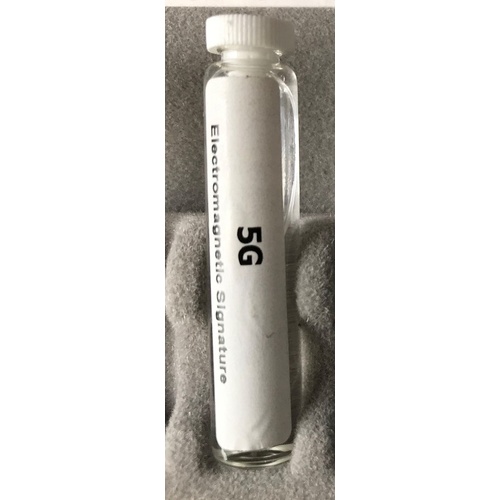This article focuses on the subject of 5G radiation, which is a non-ionizing electromagnetic radiation. Since 5G radiation is small, it doesn't possess the capability of breaking the bonds between chemical molecules in biological tissues or cause any alteration to cells. It isn't known if 5G radiation affects the risk of skin cancer. No evidence exists to suggest that it could cause other disease.
High-frequency millimeter wave radiation
High-frequency millimeter wave radiation from mobile phones and wireless networks can cause health effects to human beings. There are a few different ways in which this radiation could be harmful. In some cases the radiation could cause damage to someone's DNA. In other instances, it may cause damage to other areas of the body, such as the brain.
https://skovsgaard-hayden-2.blogbright.net/health-and-fitness-effects-of-5g-radiation-1680231011 have shown that 5G technology can result in the heating of tissues. This is why scientists from International Council on Non-Ionizing Radiation Protection (ICNIRP) has called for a review of the existing thermal and biological safety standards. The current standards of exposure are not adequate to protect individuals from overheated heat exposure in the event of exposure to millimeter wave pulses.
Skin cancer risk
There is no definite answer at present to the question of whether the 5G radiation causes skin cancer. It is thought that 5G RF-EMFs behave much as high-LET ionizing radiations. This means that they may cause large amounts of free radicals that can be found in the skin. The FCC has not yet issued any specific guidelines regarding the potential dangers associated with 5G technology. Consequently, the debate on the subject continues.
Although there are a number of studies regarding the impact of radio waves that are higher frequency on human health, they have remained largely restricted in their the scope. However, there is concern over the effects of millimeter-wavelength exposure on oxidative stress and gene expression. These effects could be extended to the skin and other organs, like the brain.
The impact of other diseases
The latest generation of technology for wireless, 5G, is rapidly growing in popularity, but scientists are warning of its possible health risks. The technology will dramatically increase the amount of electromagnetic radiation in our environment. This issue has sparked debates in many nations, including Switzerland. In September 2017 390 doctors and scientists supported a motion for an end to 5G deployment. 5g radiation was ignored by the European Commission, which is in charge of controlling the use of technology like 5G.
In the end, it is necessary to conduct more research to assess the health effects of 5G. While we wait studies have proven that 5G does not cause the same negative effects in humans as the old mobile networks. does 5g emit radiation does not spread an entirely new strain of coronavirus. Additionally it doesn't make people more vulnerable to infections caused by viruses.
Measurement of exposure
Measurement of exposure to 5G radiation is a vital aspect in the security of 5G networks. There are two methods to determine exposure. One is to measure the RF power that is absorbed by human tissue. The other involves measuring the amount of radiofrequency energy released through an object. Radiation frequency energy (RF) is an energy field that comes directly from radio receivers.

Within the United States, the FCC has set a limit on the power density of 5G mobile devices. The tests are able to test the power density of the distance of several inches, and it is the FCC does not require the measurement of every beam. However, the power density of each beam can be estimated using computer simulation. The worst-case scenario is then selected based on the beam's configuration. each beam.
Study limitations
There's been plenty of discussion about whether 5G radiation will affect the health of people. The Swiss government, for example, has produced a report which concludes that 5G technology does not cause negative health consequences in the short term however, there aren't any studies that show long-term impacts. But, the report contains a number of problems, including biased reports.
The strength and frequency of radio waves that transmit energy depend on the frequency. The energy that is carried by a millimetre wave will be similar to the current radio waves however they will be smaller in size and better suited for high-density environments because they cannot be block by walls or glass. Urban areas with high density would require many smaller, low-power locations, and suburban areas will benefit from 5G networks operating at lower frequency.
